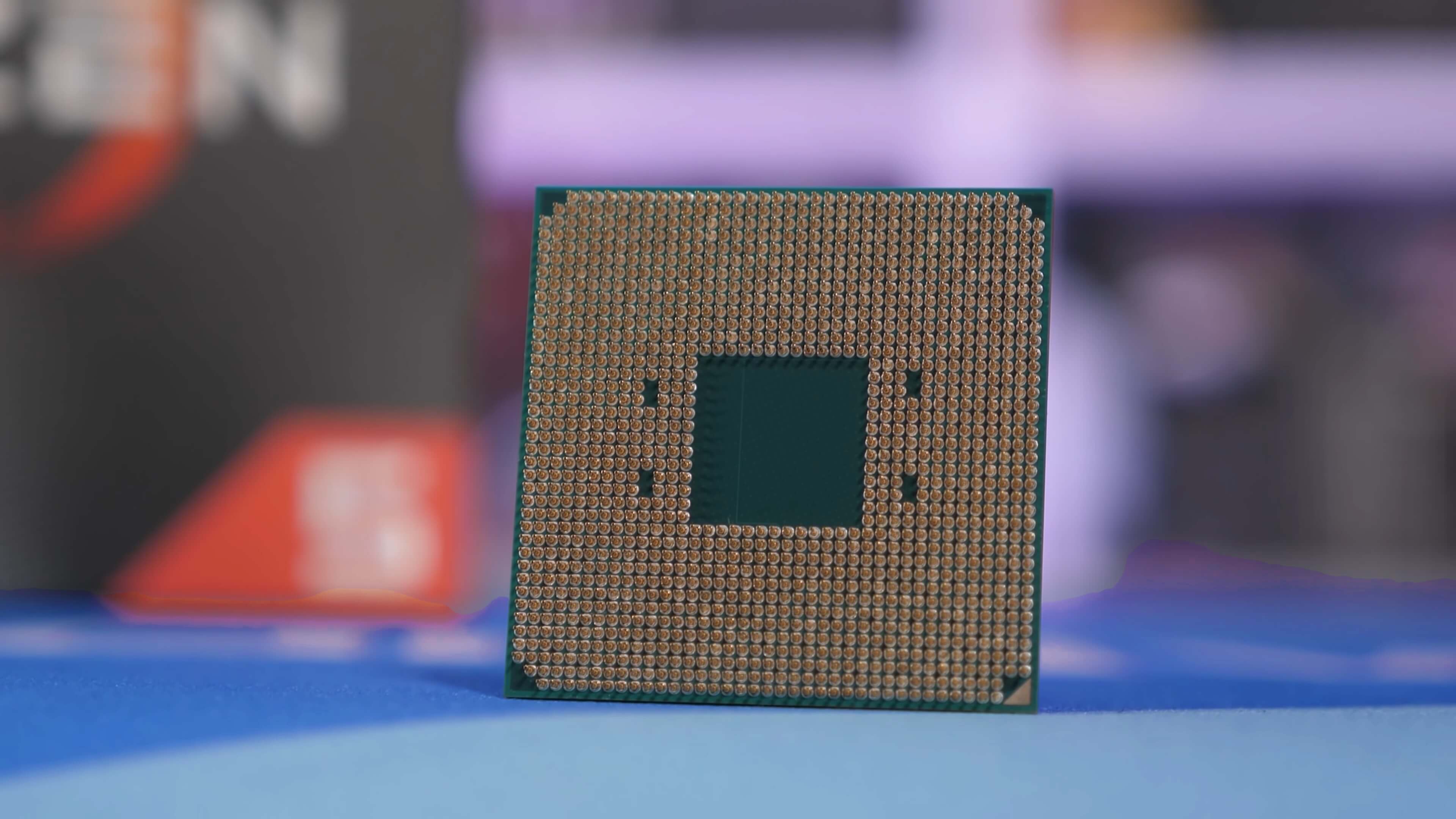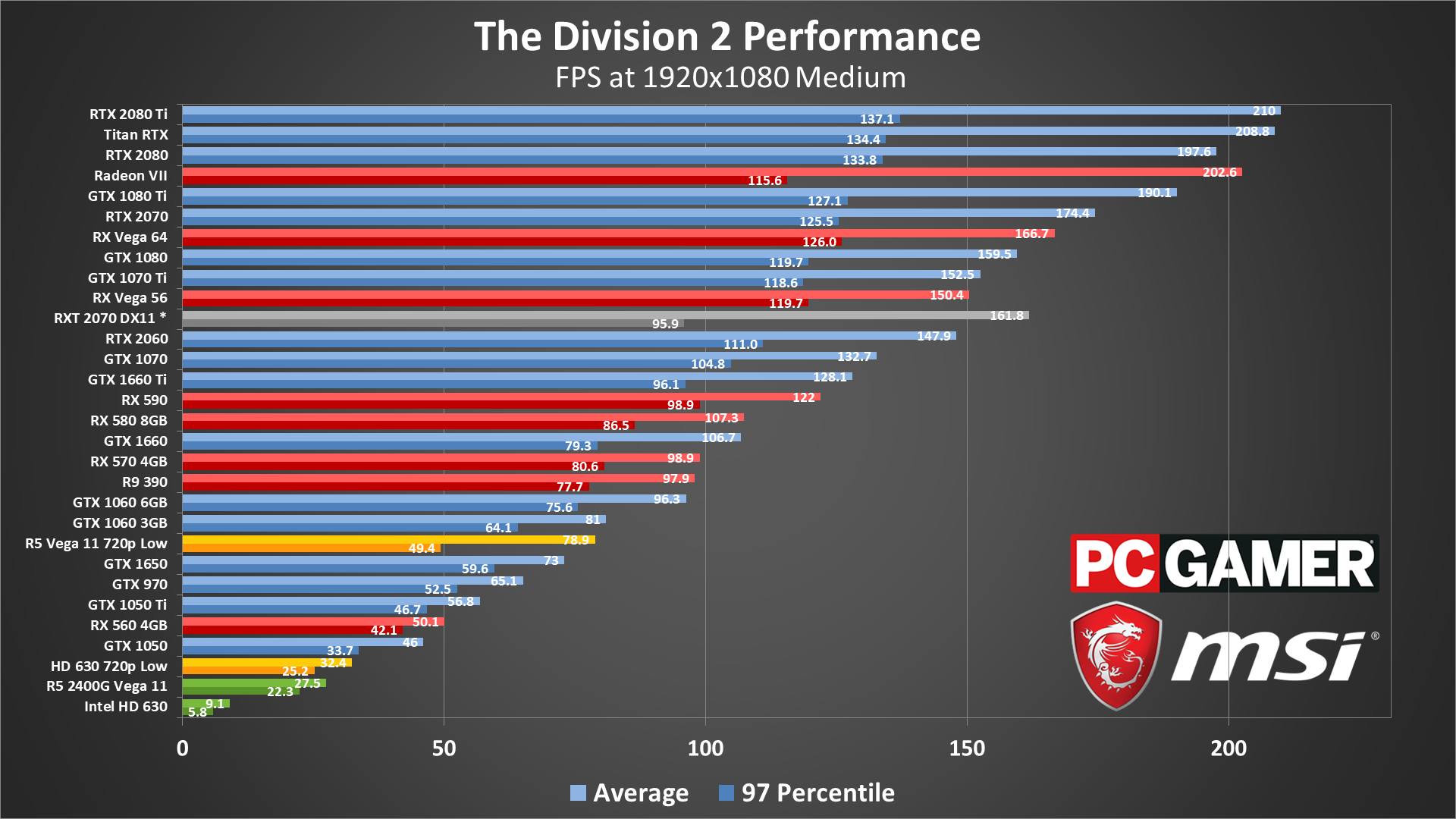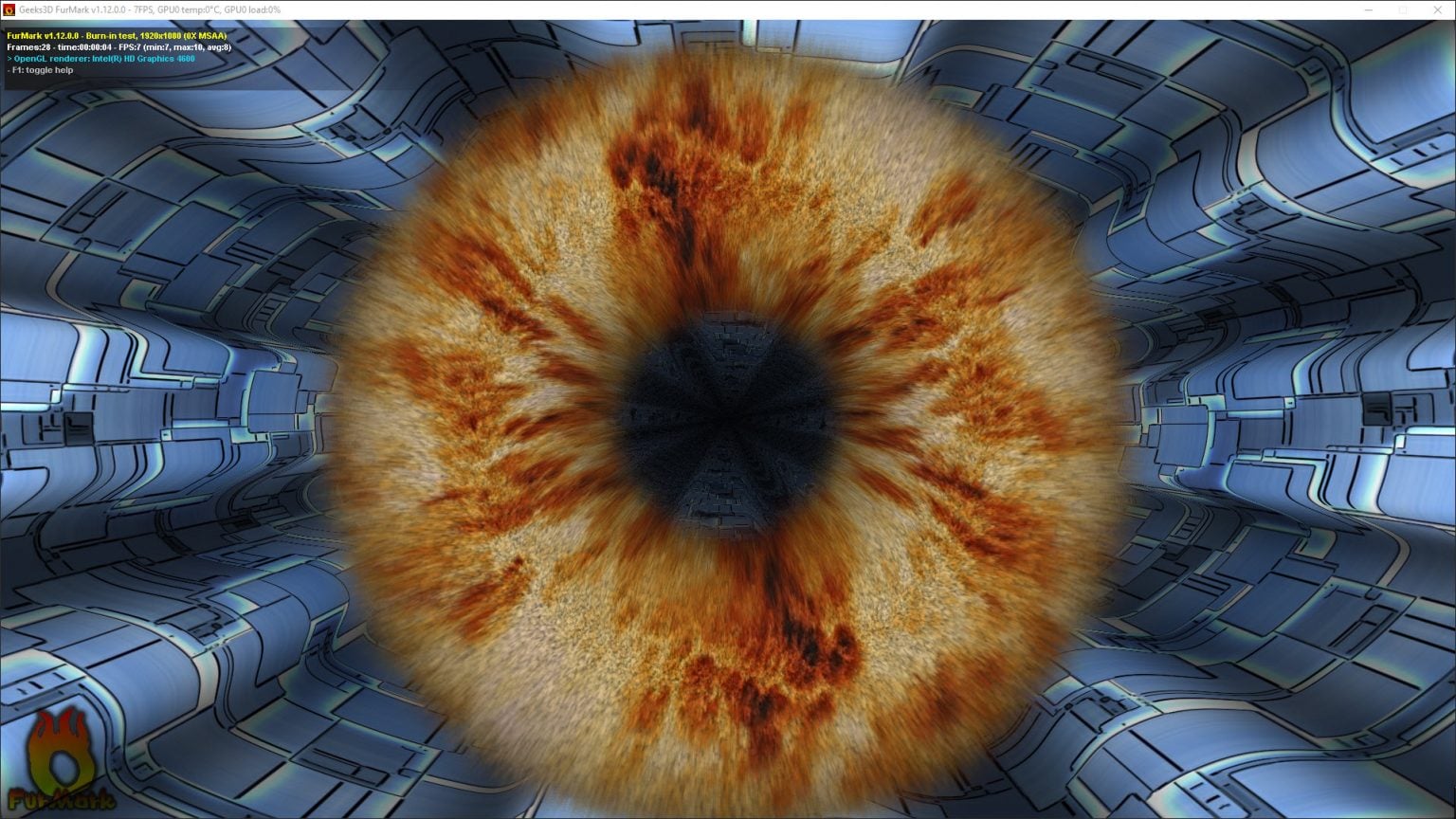

When it comes to torture tests, FurMark is still the best. Now, if the benchmark has settings, it is recommended to just crank the to the max since this is a stress test. It can run windowed since we’re testing for stability here, not trying to get a new high score. Fire up the monitoring tool, tweak it so that you don’t have to scroll in order to get the most important data (thermals, boost frequency, and power consumption), and then run the stress test app.

Now, when stress testing the GPU you’ll need a GPU benchmark or a stress test app alongside a monitoring app. Instead, play a demanding game for a couple of hours. but for gaming purposes, the ultimate test shouldn’t be letting the stress test run overnight. That may be the case if you’re interested in mining cryptocurrencies and are looking for a stable undervolt. Now, a ton of people online recommends that a GPU stress test should run for 8 hours straight, or even 24 hours. That’s long enough to see whether the card’s stable or not. The first gaming test should run for about half an hour. The thing is, while essential for stress testing, GPU benchmarks and stress test apps such as FurMark cannot replace a real-world test that puts the whole system under load, not just the graphics card. Please help identify this benchmark/stress test.If all works well, play a graphically demanding game for a while.
#Best benchmark test gpu software#
Looking for benchmark software that allows you to compare computers. Unigine Valley & Heaven Error On Startup Storage: 120 gb ssd 60x2 ocz and 1tb normal hddįan controller: Lamptron Fan Controller FC5 V2Ĭould someone list to me all of the most popular Stress Test / Benchmarking Programs? Ram: kingston 16gb 1333 mhz 4x4 gb sticks I just wanted somewhat some benchmark to know what other ppl have so i can compare and so, so thanks for all the information.

#Best benchmark test gpu windows#
Thanks for all that information, in the windows one i have a score of 7,8 2 of the items are 7,8 whiel all other are at 7,9 max. SiSoft SANDRA is good for nutting out the reasons why.Įver since the Z77 chip-set, today's systems are getting very close to each other in performance though it is nowhere near as exciting in the hardware and benchmarking world as it used to be! So long as the improvements don't have overlapping performance gains).

(1.03 ^ 32 is a lot more than just +96% better, if you get my gist. It can really highly the small improvements that add up. In all honesty though, any system with a true Windows Experience Index of 7.0 or greater for CPU, and 7.5 or better for RAM -with a modern video card with a 'max' score for the two graphics metrics- is probably a good system.ģD Mark is good as you can get a lot of variance between otherwise identical systems. SiSoft SANDRA also has some good L2/元 cache latency metrics (and lots of other stuff), which are oft overlooked in gaming benchmarks. until you start gaming and using the mouse at what is reported at > 64fps in game).Īll that said, Futuremark / 3DMark products tends to predict 'future' game performance on previous, current and next gen GPU's rather well. more than say 25% variance in every 2nd frame when it's running well. Even if performance is 'high'.Ĥ) You can still get irregular frame render times (fast/slow alternating frame render times, averaging high) at over 64fps for all sorts of reasons.
#Best benchmark test gpu code#
(When time-demo's are run the game engine executes more streamlined code paths, and todays processors can pre-fetch what will be needed in advance and not get surprise pipeline stalls anywhere near as often (for example)).Ģ) If the framerate goes under 44fps to 48fps that is bad.ģ) If you get micro-stuttering over 125fps (Vsync disabled, Gsync, or the like) then that is bad. The human factor is the best benchmark there is.ġ) Benchmarks just time-demo, they don't measure the game play under load with keyboard, mouse, and inability to predict the right data to fetch more often than is realistic.


 0 kommentar(er)
0 kommentar(er)
